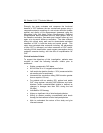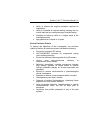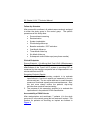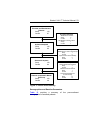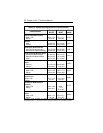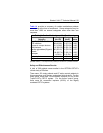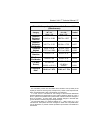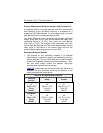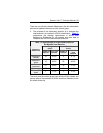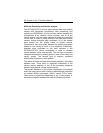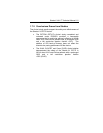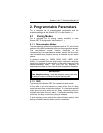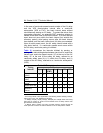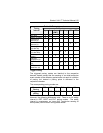
58 Stratos LV/LV-T Technical Manual
Primary Effectiveness Endpoint Analysis and Conclusions
A composite rate of six minute walk test and QOL improvement
from Baseline to the Six-Month follow-up is evaluated as a
measure of CRT effectiveness. For this analysis both six minute
walk test and QOL are equally weighted at 50%.
The mean difference in the composite rate between study and
control group was 20.53% with an associated one-sided, 95%
confidence bound of (-6.10%). The p-value for non-inferiority
within 10% is 0.030. The analysis of the composite rate in six
minute walk test distance and QOL score demonstrates that the
study group is non-inferior to the control group and that the
primary effectiveness endpoint was met (p=0.030).
Secondary Endpoint Results
1. The purpose of this secondary endpoint is to evaluate
improvement in functional capacity as measured by the six
minute walk test. The six minute walk test is a well-accepted
measure of functional capacity and exercise tolerance. Also,
this test more closely mimics the patient’s day-to-day
activities than maximal exercise testing.
Table 16
summarizes the six minute walk test distance at
Baseline and the Six-Month follow-up for patients in the
study group and the control group.
Table 16: Six Minute Walk Distance
Distance
(meters)
Study Control
Baseline
N
Mean ± SE
Range
Median
127
283.14 ± 9.27
23 to 511
302.00
61
269.43 ± 13.77
29 to 507
244.00
Six-Month
N
Mean ± SE
Range
Median
93
329.73 ± 10.82
78 to 596
335.00
44
310.70 ± 15.49
91 to 489
313.00
* Student's t-test, 2-sided



